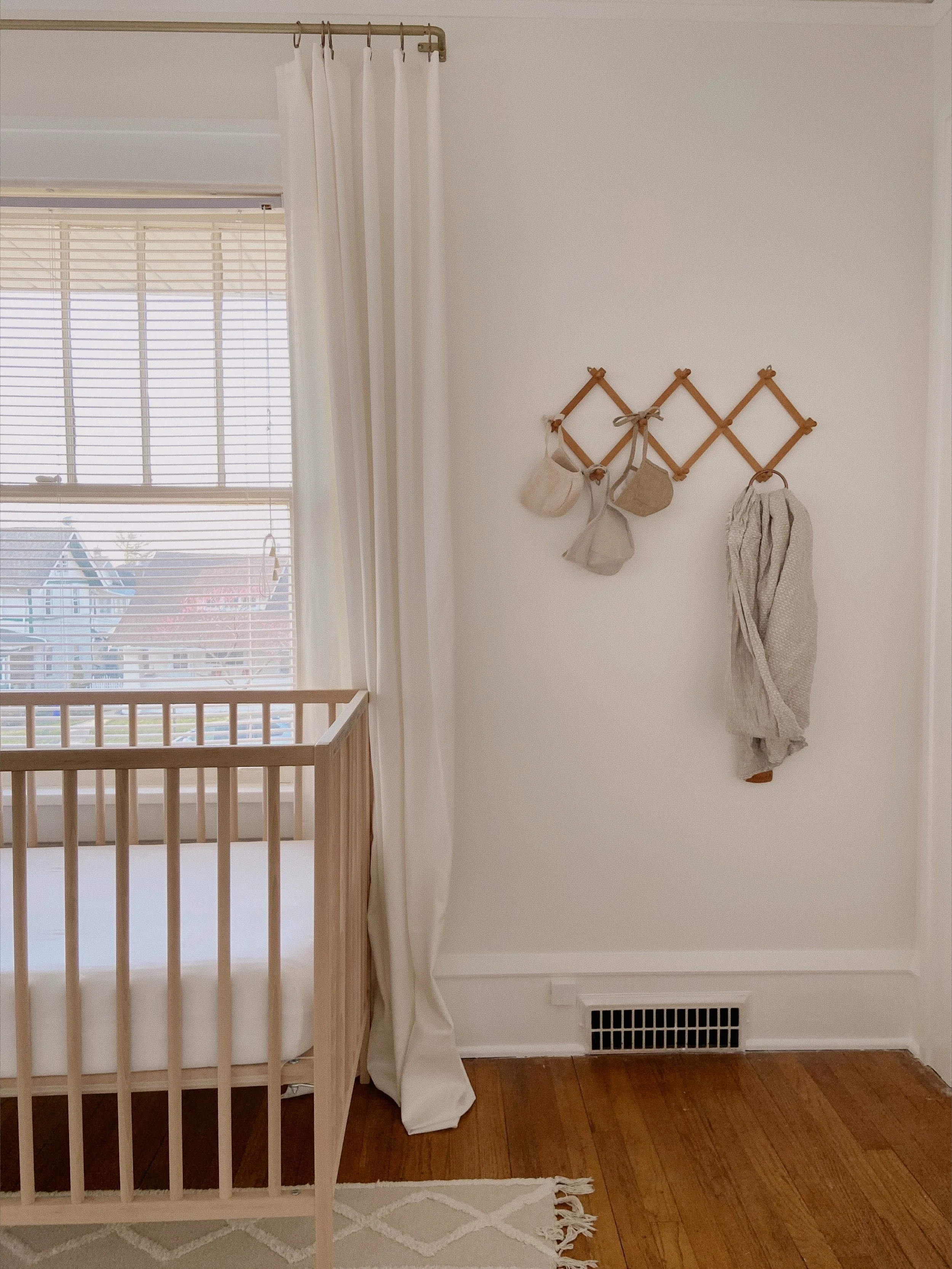How to stop rocking your baby to sleep
Rocking and bouncing can be great settling tools early on, but over time, most families find they’re no longer a sustainable way to help their baby sleep.
It might start with sweet moments in the rocking chair, but suddenly you’re awake multiple times every night, body aching, in the dark, trying to get your baby back to sleep.
The good news is you can transition away from rocking to sleep without leaving your baby confused or upset and without sacrificing your own sanity. Let’s walk through the why, the how, and what to do when your baby really loves motion.
Why do babies love rocking and bouncing?
Motion is a biological soother. Rocking, swaying, and bouncing are rhythmic movements that calm your baby’s nervous system through something called vestibular input, which helps them feel grounded, secure, and ready to rest.
In fact, these movements mimic the sensations your baby felt in the womb—constant movement, swaying as you walked, bouncing when you climbed stairs. It’s all deeply familiar and comforting.
It might feel like rocking is the only way your baby can fall asleep right now — but the truth is, your baby is fully capable of learning new sleep patterns with support and consistency. There’s no developmental need for rocking to sleep; it’s simply a learned preference. Remember, sleep is a biological function — it’s not something we need to teach. But how your baby settles to sleep? That’s something they learn over time. With patience and support, your baby can develop new, independent ways of falling asleep.
So if the bouncing is starting to hurt your back, disrupt your evenings, or mess with your ability to be a functioning human, that’s your sign to try something new. You deserve a bedtime routine that works for your baby and you.
Vestibular Input | The Vestibular System: How You Can Support Your Child to Develop this Sensational Sense!
How to gradually stop rocking to sleep:
Start by gradually dialing down the intensity of bounding or rocking:
Move from vigorous bouncing to gentler sways
Pause for 30-60 second between bounces
Rock for five minutes then hold
These pauses help your baby get used to stillness without abruptly removing their favorite sleep cue.
Sleep is a biological function, but how babies settle to sleep is learned:
Dependent sleep associations: Sleep cues that require parental involvement, like rocking, nursing, or holding.
Independent sleep associations: Things that help baby sleep independently, like a crib, white noise, pacifier, sleep sack, or a dark room.
While you're still rocking, begin introducing other soothing elements for new sleep associations:
Sing the same lullaby each night
Use a white noise machine
Offer a gentle back rub or pat
Layering in these associations will help your baby link sleep with more than just motion, with the end goal of removing the motion altogether. When you’re ready to stop rocking, you can support your baby by sitting next to the crib until they fall asleep or checking in regularly until they settle to sleep.
Sleep Associations | Overcoming the mental load of baby sleep: a guide for tired moms
Other tips to consider…
As with any kind of sleep training, we want to make sure that your baby’s sleep schedule is optimized for consolidated overnight sleep.
If your baby wakes at night, you’ll want to offer the same support as bedtime so they know what to expect. Night wakings are a normal and biological sleep pattern, and how your baby falls asleep at the start of the night is how they will want to fall back asleep in the middle of the night. As you reduce the amount of motion at bedtime, you can do the same in the middle of the night. When your baby is learning to fall asleep independently at bedtime, they can practice the same skill in the middle of the night
Let your baby get more familiar with their crib by letting them play in there during the day. This will increase their crib confidence and help them settle on their own knowing that they’re in a comfortable environment.
You can even try using maternal scent during this transition. Have mom sleep with baby’s sheets and sleep sack for a few days to give your baby a sense of your comfort in their crib.
Some babies will adjust to this transition quickly. Others might need more time.
Similarly struggling with nursing to sleep? | How to stop nursing to sleep
Give yourself grace, and confidently put away that yoga ball.
If your arms are tired and your yoga ball is getting weak from overuse, know that you're not stuck. You’re allowed to make a change. You can navigate this transition thoughtfully, and your baby’s upset about the transition is temporary!
Keep showing up with love and consistency, and before long, your baby will be snoozing happily in the crib, while you’re chatting with your partner, sipping a civilized glass orange wine, proud of all the progress you made together.
If you’d like guidance that meets you where you are and a sleep training approach that honors your family’s needs, you’re in the right place. Work with Ella!
To better sleep,
Ella


